The Inside Guide to Succeeding In ASEAN
With its abundant resources, globally integrated supply chains, access to free trade and nearly 700-million-strong population, it’s easy to see why the Association of Southeast Asian Nations (ASEAN) is on track to become the world’s fourth-largest economy by 2030.
Senior executives at Bangkok Bank show us how to navigate one of the world’s most culturally diverse and competitive regions — and why it takes local knowledge to succeed.


Profound local knowledge is the foundation for success in ASEAN.
Cast a wide net and build deep relationships with supply chain parties, law firms, licensing institutions, trade associations and chambers of commerce.
Nothing can replace firsthand experience, so make frequent visits to ASEAN countries to familiarize yourself with how to run a business here, and how to tackle potential obstacles. Just walking the streets will reveal nuances that a prospectus or investment guide cannot convey.
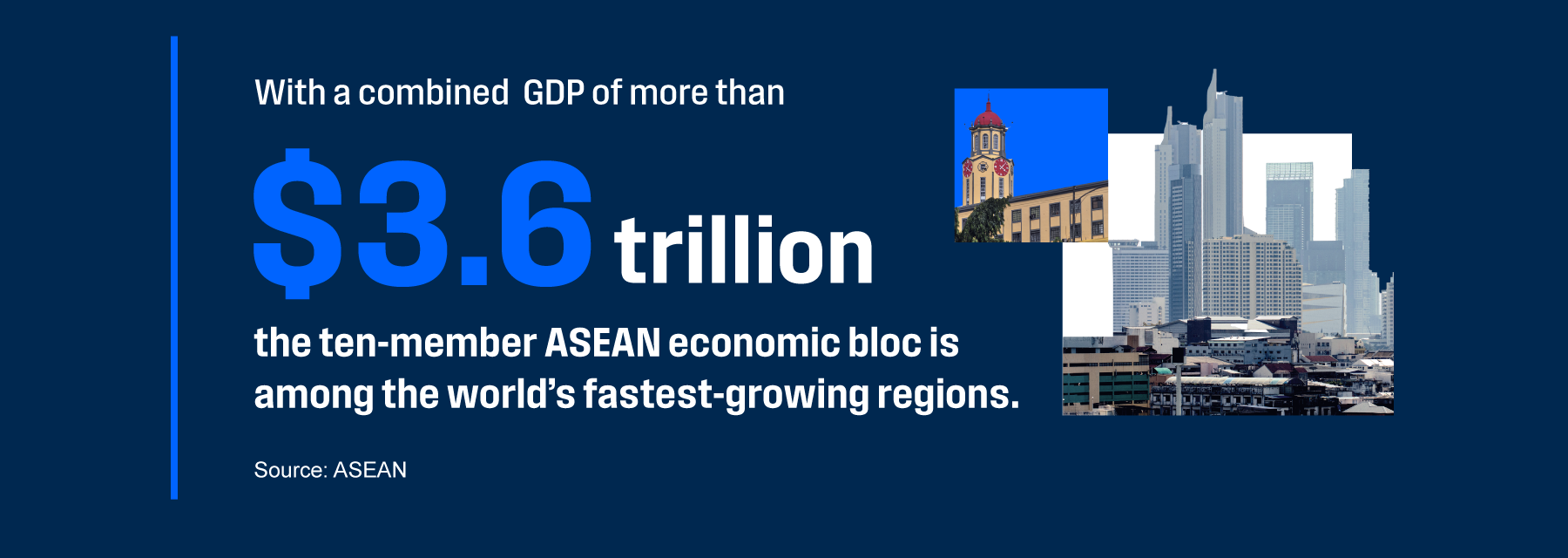

The realignment of global supply chains has brought renewed focus on ASEAN as a manufacturing powerhouse. To tap into the region’s manufacturing competitiveness and supply chain infrastructure, it’s crucial to understand the strengths and characteristics of each ASEAN country. A uniform strategy might not be effective across the region.
On the demand side, disposable income levels are rising rapidly across the region. When paired with the sheer size of its nearly 700-million population, ASEAN offers a young, digitally savvy consumer market like no other.
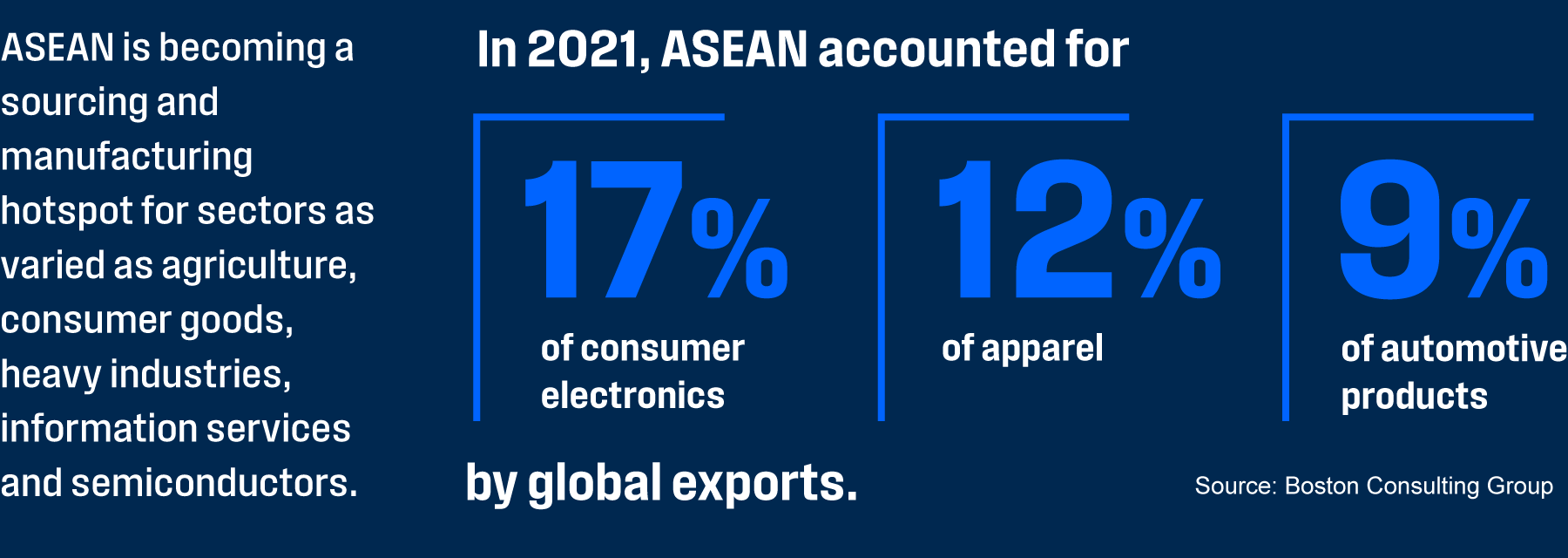

Businesses and investors should consider the compatibility of their business models and objectives with the context and history of the ASEAN markets they would like to enter.
For example, an upstream, renewables-focused investment could fit well with Indonesia, which is in the process of divesting heavily from coal, while an automotive supply chain could fit well with Thailand, which has an established automotive production ecosystem.
Seek the right partners who can supplement your industry, market and regulatory knowledge. Pay attention to ESG regulatory trends, which ASEAN is embracing as a part of the global community.
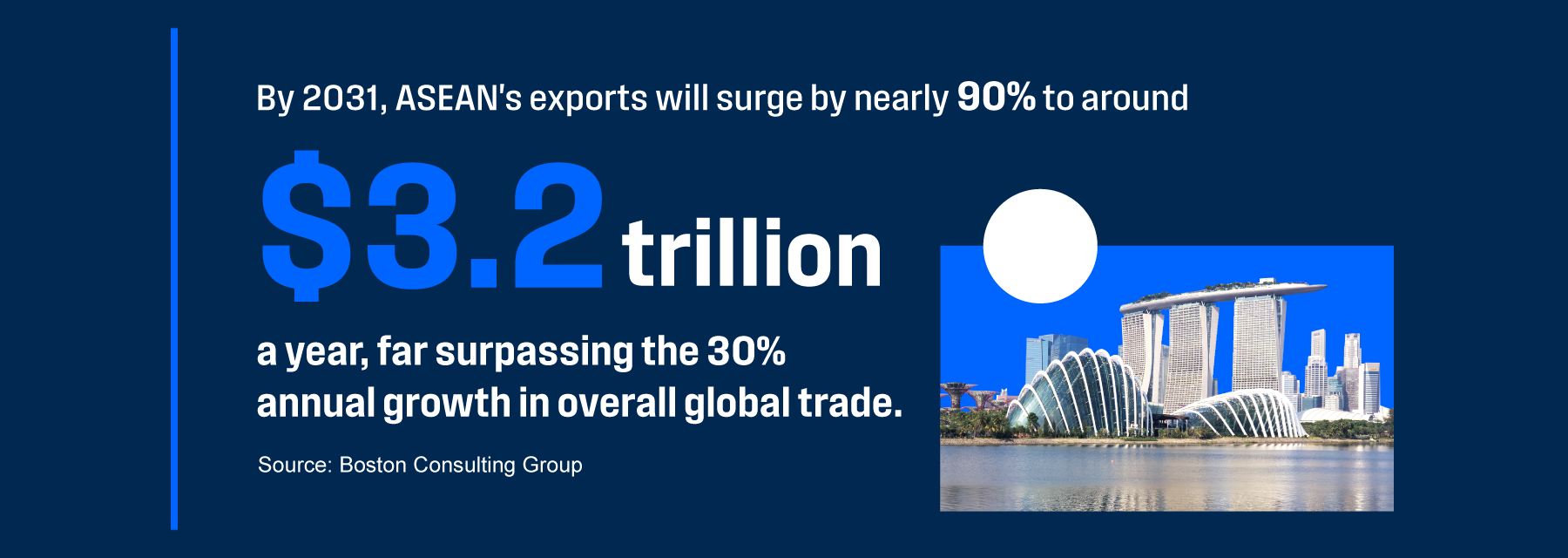

In Thai, “song hua di qua hua dio” means “two heads are better than one.” ASEAN is blessed with ten heads: each market is different, but our strengths are complementary. Take time to study trends like supply chain shifts, learn local customs and build trusted, long-term relationships.
Things move quickly in ASEAN, so don’t wait too long to seize an opportunity. Connectivity, for example, is growing rapidly across ASEAN’s road services, bridge crossings and ports. High-speed trains are already operating in Laos and Indonesia, while Thailand is building one that will connect it with Laos and China. The newly launched ASEAN Express cargo rail service connects Malaysia to Thailand, Laos and China, and will further boost intra-region trade.
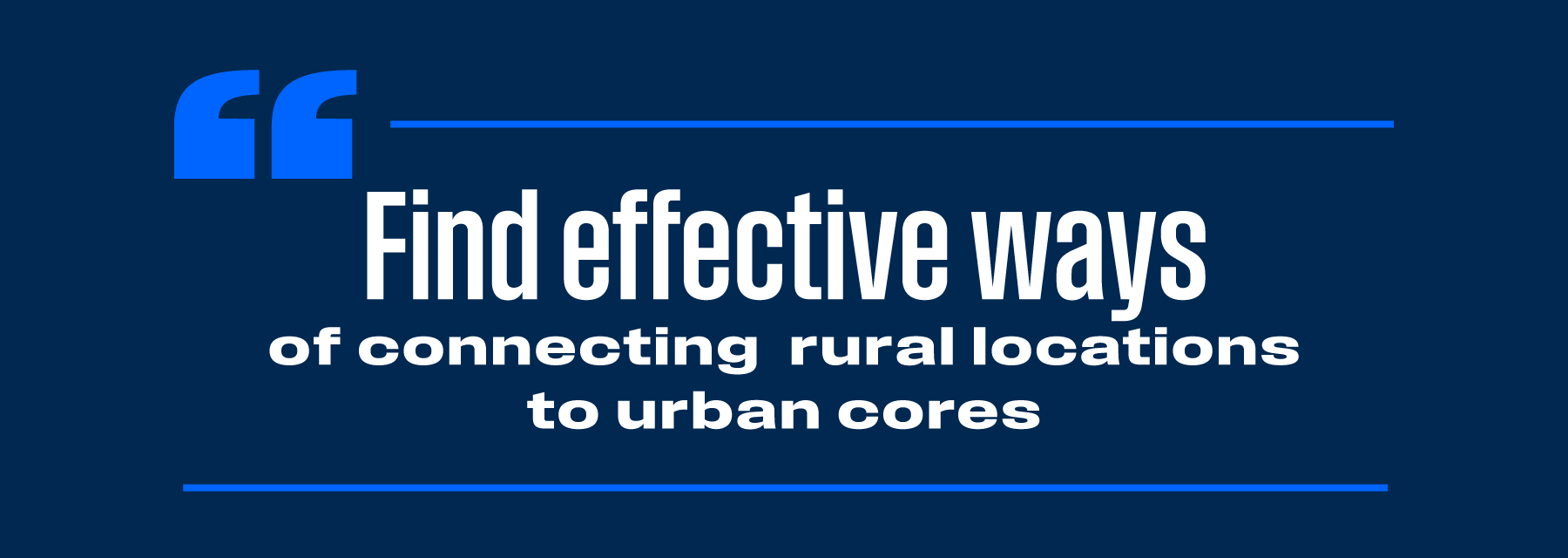
Within each ASEAN country, logistics provides a huge opportunity. Savvy players will find effective ways of connecting rural locations to urban cores, and think of new ways to accelerate and streamline last-mile deliveries.
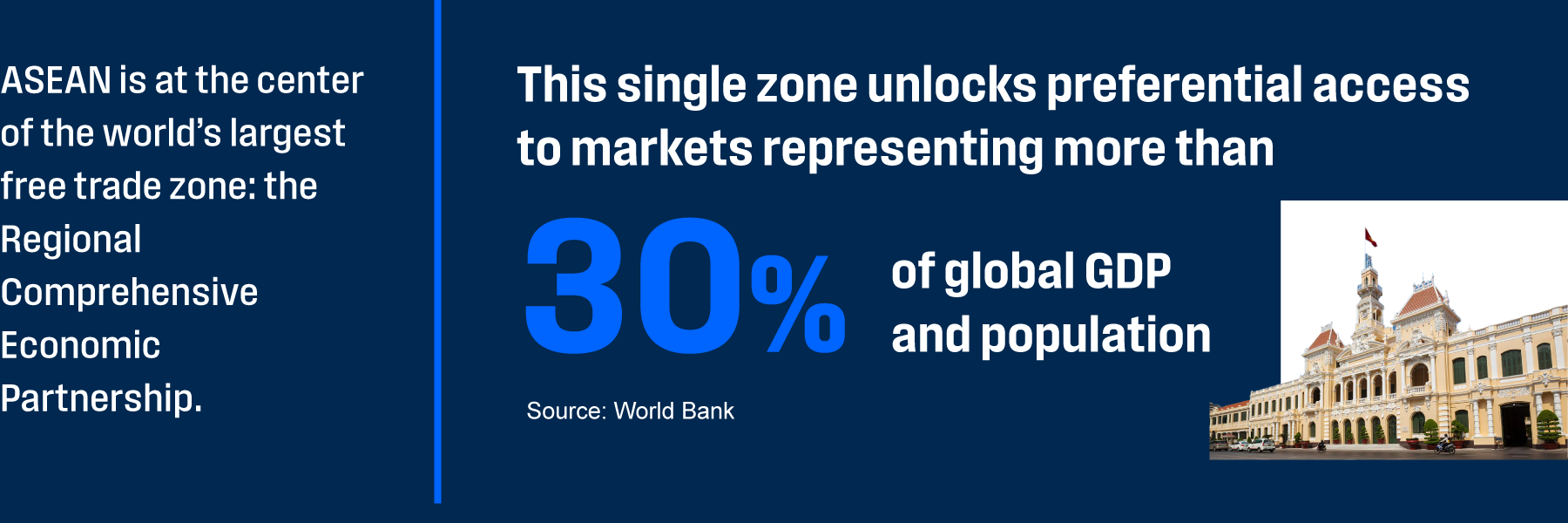

When you are in ASEAN, you are never far from other cultures. The region’s rich diversity does not mean overlooking the customs of each country, so don’t be politically insensitive. Know the laws and regulations of your target country inside out, use local consumer behavior to assess market appetite, and look for the right partners to provide honest advice and guidance.
Each ASEAN country offers unique opportunities. Indonesia, for example, has the world’s largest geothermal potential, and the world’s second-largest installed geothermal capacity. Insiders like Bangkok Bank, which has been established in Indonesia since 1968, are in a strong position to help businesses and investors identify opportunities and form connections in specific markets.
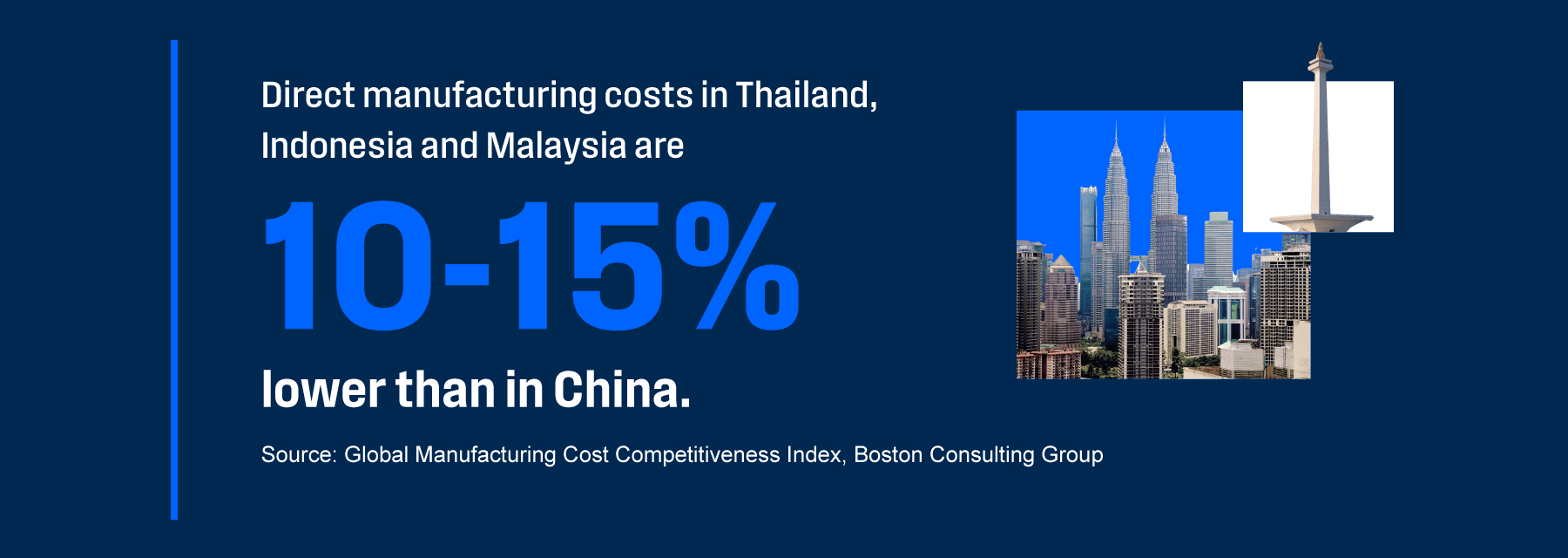

Many businesses, from SMEs to traditional conglomerates, don’t know what they don’t know when venturing into ASEAN. Our team shares our local knowledge as well as foreign investment perspectives to help new entrants ask the right questions, so they can design a business that fits the local appetite and corporate culture.
Looking ahead, the growing affluence of Southeast Asians — and their desire to preserve traditional Asian values — has ushered in new opportunities in wealth management and preservation, as well as legacy building.
As a region with the fastest growing internet economy, ASEAN’s next chapter is digital transformation and innovation, which will drive a further shift from traditional business patterns, and toward a $1 trillion digital economy by 2030. Relationships take time to nurture, so any business that’s interested in ASEAN should act now.
